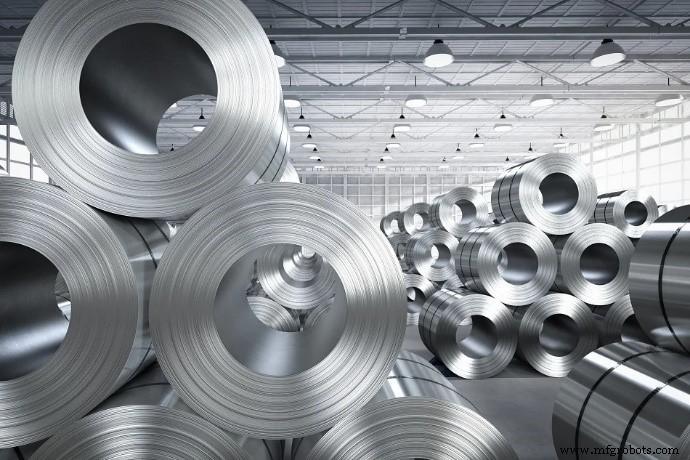09
2025
-
04
The Ultimate Guide to Choosing the Perfect Steel
Choosing the right steel requires comprehensive consideration of multiple factors.
Use environment
Temperature: In high temperature environments, heat-resistant steels such as alloy steels containing chromium, nickel and other elements should be selected, which can withstand high temperatures without significant deformation and strength loss; in low temperature environments, low-temperature steels such as nickel steel should be used, which have good low-temperature toughness to prevent steel from becoming brittle and breaking at low temperatures.
Humidity and corrosive media: In environments with humid or corrosive media, such as chemical workshops and coastal areas, stainless steel or galvanized steel with good corrosion resistance should be selected. Stainless steel has a high chromium content, which can form a dense oxide film on the surface of the steel to prevent the invasion of corrosive media; galvanized steel is a layer of zinc plated on the surface of the steel, which plays an isolation and protection role.
Mechanical performance requirements
Strength: According to the specific use scenario, if it is subjected to large tensile, compressive or bending forces, such as steel beams in building structures and crane booms, high-strength steels such as low-alloy high-strength steels need to be selected to increase the strength of the steel by adding alloy elements.
Toughness: For parts that may be subjected to impact loads, such as vehicle transmission shafts and gears, steel is required to have good toughness to prevent brittle fracture under sudden impact. Medium carbon steel and medium carbon alloy steel can obtain a good combination of strength and toughness after proper heat treatment.
Hardness: Some parts that need to be wear-resistant, such as molds, cutting tools, etc., require steel to have higher hardness. High carbon steel or alloy steel containing elements such as tungsten and molybdenum can obtain high hardness and good wear resistance after quenching and tempering.
Processing performance
Machinability: For steel that needs to be cut, such as steel for manufacturing mechanical parts, good machinability can improve processing efficiency and processing quality. Free-cutting steel is steel that adds elements such as sulfur and lead to improve the cutting performance of steel.
Weldability: If steel needs to be connected by welding, such as building steel structures, pipelines, etc., weldability is an important consideration. Low carbon steel and low alloy steel have good weldability, while high carbon steel and some high alloy steels are difficult to weld and require special welding processes and measures.
Economic efficiency
Cost: The prices of steels of different types and specifications vary greatly. Under the premise of meeting the use requirements, steels with lower costs should be selected as much as possible. For example, ordinary carbon steel has a relatively low price and is suitable for some occasions with low performance requirements; while stainless steel, nickel-based alloys, etc. have higher prices and are usually used in key parts with special performance requirements.
Service life: Although the initial purchase cost of some high-performance steels is high, they can extend their service life and reduce long-term costs due to their better corrosion resistance, wear resistance and other properties. For example, equipment used in some harsh environments uses corrosion-resistant stainless steel or special alloys. Although the purchase price is high, it can reduce the frequency of equipment maintenance and replacement, which is more economical in the long run.
Availability
Market availability: When selecting steel, the supply situation in the local market should be considered, and steel varieties and specifications that are easily available in the market should be given priority to ensure timely supply and reduce procurement and transportation costs. For some special specifications or scarce steel, it may be necessary to book in advance or purchase from a distant place, which will increase the procurement cycle and cost.
Supplier reputation: It is crucial to choose a reputable supplier who can provide reliable quality steel and provide timely after-sales service. The reputation of the supplier can be evaluated through market reputation, industry evaluation, supplier qualification certification, etc.
In addition, when selecting steel, you can also refer to relevant industry standards and specifications, as well as previous experience in similar projects or products, and consult professional material engineers or relevant technical experts when necessary to ensure that the selected steel fully meets the requirements of the actual application.
Previous page
Next page
Previous page
Next page
Other News





